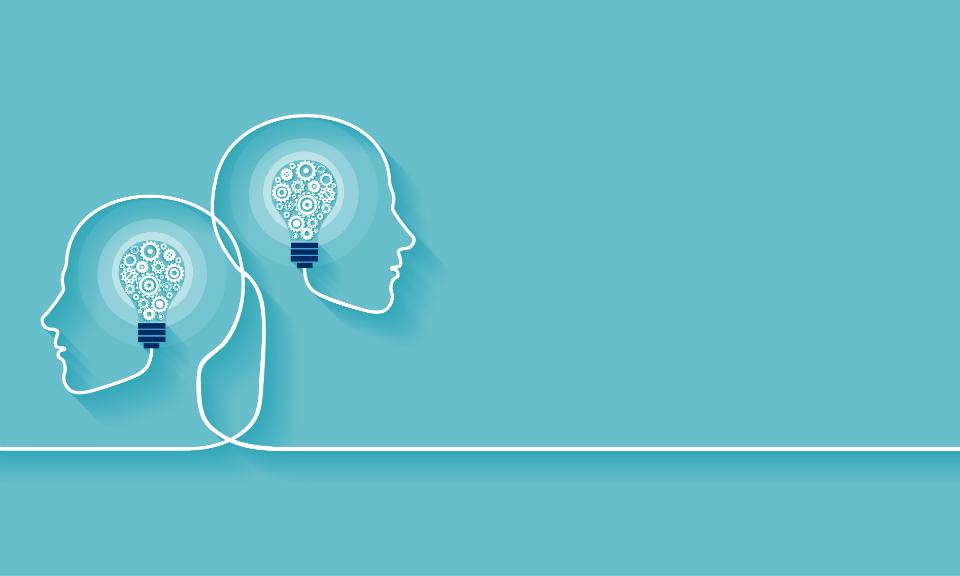
Published
11th May 1997, IBM’s deep blue beat Gary Kasparov; it was a long held belief that machines were excellent data processors but they lacked the intuition needed to beat a chess grandmaster. IBM changed that and opened a new chapter in machine learning. Kasparov was in disbelief as he lamented the machine was beginning to play human moves and learning from past mistakes.
19 years later, we are living in a technological “arms race” where the possibility of developing a thinking, learning and trading computer that can outperform any human is becoming less of a fantasy. Hedge funds and investment banks have long harnessed increasingly powerful computers to crunch numbers and find statistical patterns for lucrative opportunities, but machine learning goes a step further. It’s a dynamic process that uncovers complex patterns while teaching machines to learn from experience.
“Machine learning will improve decision-making by processing enormous data sets and then combining quantitative and qualitative information in search of patterns. A human mind simply can’t compete.”
Markets are dynamic creatures, and this tendency to undergo change poses a problem to current investment algorithms; financial firms have spent millions of dollars re-writing these algorithms to keep up. However, a machine-learning algorithm could evolve, learn and adjust to market changes. The quantitative investment world argues that human ingenuity still has a pivotal role to play and human asset managers will adapt rather than disappear. The future synthesis of human and artificial intelligence can lead to an ever-prosperous relationship.
Written by Ikram-Ul Haq (BSc Intercalated Management)
